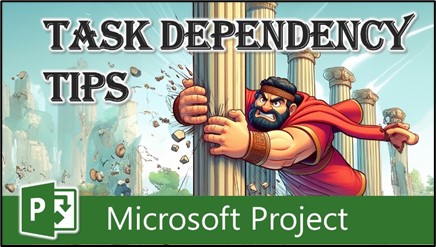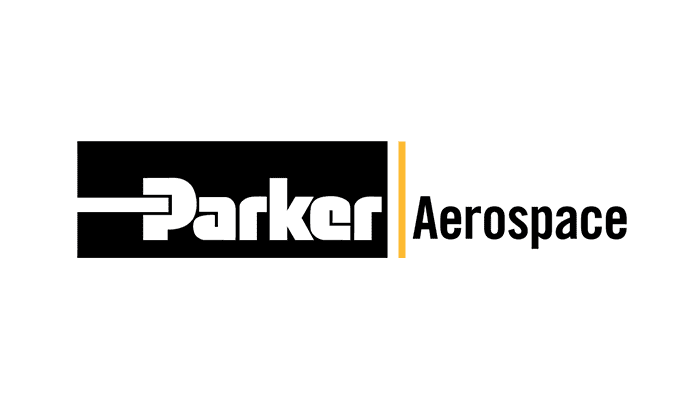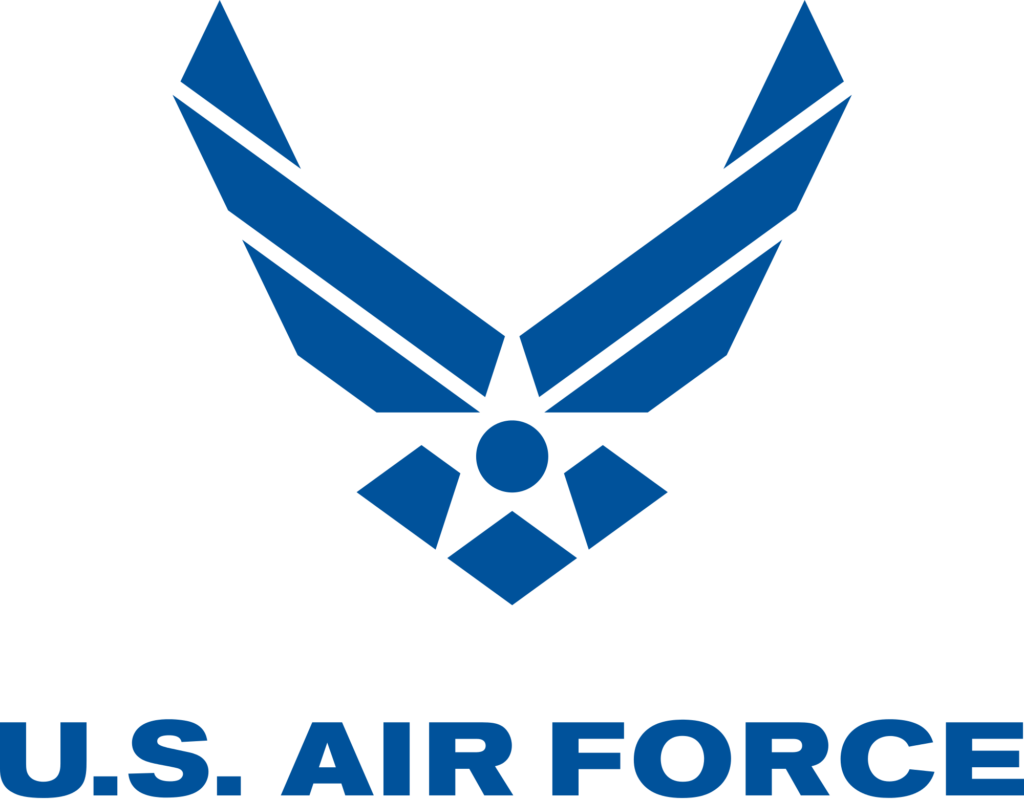Hey, fellow Microsoft Project users! If you’re looking for some handy tricks for setting task dependencies in your Microsoft Project schedules, you’re in the right place. In this blog post article, I’ll share four powerful tricks for setting task dependencies in your project schedules.
If you would rather watch a YouTube video on this subject, click here or click the thumbnail below.

Trick #1: Quick Linking of Tasks
Let’s kick things off with a simple yet effective method. Start by selecting the tasks you want to link and then click the “Link the Selected Tasks” button in your Task ribbon.
If the default dependency isn’t what you need (the default is a “Finish to Start” dependency), you can modify it. Double-click anywhere on the link line between the linked tasks, which opens the Task Dependency dialogue. In this dialog, you can change the dependency type using the options on the “Type” pick list, and even add Lag time or Lag time using the “Lag” field. Click the “OK” button when finished.
Trick #2: Type the Dependency Information
Did you know you can type the dependency information directly into the Predecessor or Successor cell for any task? For instance, suppose I want a task to have a “Start to Start” dependency with task ID #3. I can type “3SS” (SS is the code for a Start to Start dependency) into the Predecessor cell for that task and then press the Enter key. And just like that, the dependency is set. It’s a quick and efficient way to establish relationships without navigating through menus.
Trick #3: Utilizing Predecessor and Successor Details
Now, let’s explore a more comprehensive approach. Right-click anywhere in the white or gray part of the Gantt Chart screen and select the “Show Split” item on the shortcut menu to display the default Task Entry view. In the Task Form pane (bottom pane in this split view), right-click anywhere in the pane and select the “Predecessors & Successors” item in the shortcut menu. This will display the “Predecessors & Successors” details in the Task Form pane.
Select any task in the Gantt Chart pane (top pane). In the Task Form pane, select the tasks you want to link to the selected task using the Predecessor Name column and/or the Successor Name column. Keep in mind that Microsoft Project will automatically set the dependency type as “Finish to Start” with 0 days of Lag time if you don’t specify a “Type” value and a “Lag” value. Repeat this process for multiple tasks, specifying different dependency types and lag times as needed.
Trick #4: Simultaneous Linking of Multiple Milestones
Ever wanted to link a milestone to multiple preceding tasks quickly? Here’s how. Pick the desired milestone and then click in the Predecessor cell for that task. Click the pick list arrow button in the selected cell, which will reveal a list of all tasks in the project. Select the checkbox for every task that you want to designate as a Predecessor for the selected milestone. Click anywhere outside the menu to exit the menu, and Microsoft Project automatically set the selected tasks as Predecessors for the selected milestone. Confirm these linked tasks by navigating to the Task Form Pane, verifying the listed predecessors.
Final Thoughts and Recap
These four tricks offer efficient ways to handle task dependencies in Microsoft Project, saving time and streamlining your project management process.
If you have questions, please add them in the Leave a Reply section below. Or if you watched the video, add your questions or comments there. Please subscribe to my YouTube channel and leave “Likes” if you like the videos.
If you would like to have a formal class on using Microsoft Project, here is a link for my classes.
What Type of Microsoft Project Training Do You Need?
Individual and Small Group Training
OnDemand Training at your own pace
Starting at $399

OnDemand Training

Microsoft Project Standard Desktop Training

Microsoft Project Professional Desktop for Project Online Training

Microsoft Project Professional Desktop for Project Server Training

Templates, Student Hand Outs, Tips and Tricks

Certificate of Completion
Medium & Large Group Training
Onsite, Virtual or OnDemand Training
Contact Me for Discounts

Microsoft Project Standard Desktop Training

Microsoft Project Professional Desktop for Project Online Training

Microsoft Project Professional Desktop for Project Server Training

Templates, Student Hand Outs, Tips and Tricks

Certificate of Completion

Automated Training Progress Report
FAQ
What is Microsoft Project Dynamic Scheduling?
Microsoft Project Dynamic Scheduling is a feature within Microsoft Project that allows you to create flexible project plans, update schedules based on changing circumstances, and optimize resource allocation.
How can Microsoft Project Dynamic Scheduling benefit my project management?
Microsoft Project Dynamic Scheduling can benefit your project management by enabling efficient planning, increased productivity, and the ability to adapt to changes, allowing your projects to thrive.
What role does dynamic scheduling play in effective project management?
Dynamic scheduling plays a crucial role in effective project management by helping you stay on track, manage resources efficiently, and meet project goals.
What features does Microsoft Project offer for dynamic scheduling?
Microsoft Project offers various features and functions for dynamic scheduling, allowing you to create flexible project plans, update schedules in real-time, and optimize resource allocation.
How does dynamic scheduling optimize resource allocation?
Dynamic scheduling in Microsoft Project optimizes resource allocation by providing a flexible project schedule that can adapt to changes in resource availability, ensuring efficient utilization and maximizing productivity.
How does dynamic scheduling streamline project execution?
Dynamic scheduling streamlines project execution by providing a real-time, updated project schedule that enables effective communication, task prioritization, and timely decision-making throughout the project lifecycle.
How does dynamic scheduling enhance collaboration within Microsoft Project?
Dynamic scheduling enhances collaboration in Microsoft Project by offering collaborative features that promote effective communication, facilitate teamwork, and foster a shared understanding of project goals and progress among team members.
How does dynamic scheduling help track progress and manage risks?
Dynamic scheduling in Microsoft Project helps track progress and manage project risks by providing real-time updates and customizable reports that allow you to identify potential bottlenecks, mitigate risks, and take proactive actions to keep your project on track.
How can dynamic scheduling in Microsoft Project leverage data and insights for continuous improvement?
Dynamic scheduling in Microsoft Project provides valuable data and insights for continuous improvement by analyzing project performance metrics, identifying trends, and making data-driven decisions to enhance project outcomes and increase overall efficiency.

Dale Howard
Microsoft Project MVP “20 Years”
About Me
Hello there Microsoft Project lovers! I’m Dale Howard and I’ve been a Microsoft Project MVP (Most Valuable Professional) for 20 years in a row and I’m currently one of only 26 Project MVPs in the entire world. Pretty exciting, right!?
If you post a question about any of Microsoft’s PPM tools on the public message boards, look to see who the moderator or person that has answered the questions and you see, it’s frequently me answering your questions. Some people like to golf, I love Microsoft Project helping the community get to understand Microsoft Project much better.
I’ve been teaching students at all levels for over 20 years and have taught thousands of users around the world. I’ve written and co-authored 23 books on Microsoft Project, Project Online, and Project Server so if you’re like me and like to read over watching a video, you can Check Out My Books on Amazon.
For the people that like to watch videos, check out my YouTube channel. If you post a question in the comments, I’ll be happy to answer questions or create a new video to answer your question.
If you’ve got a question about Microsoft Project, Project Online or Project Server, check out some of these community post areas below where I am the moderator and have been answering questions on these message boards for over 20 years.
Microsoft Tech Community
Reddit Project Online Community
LinkedIn Project and Planner Group
My Students Include:




